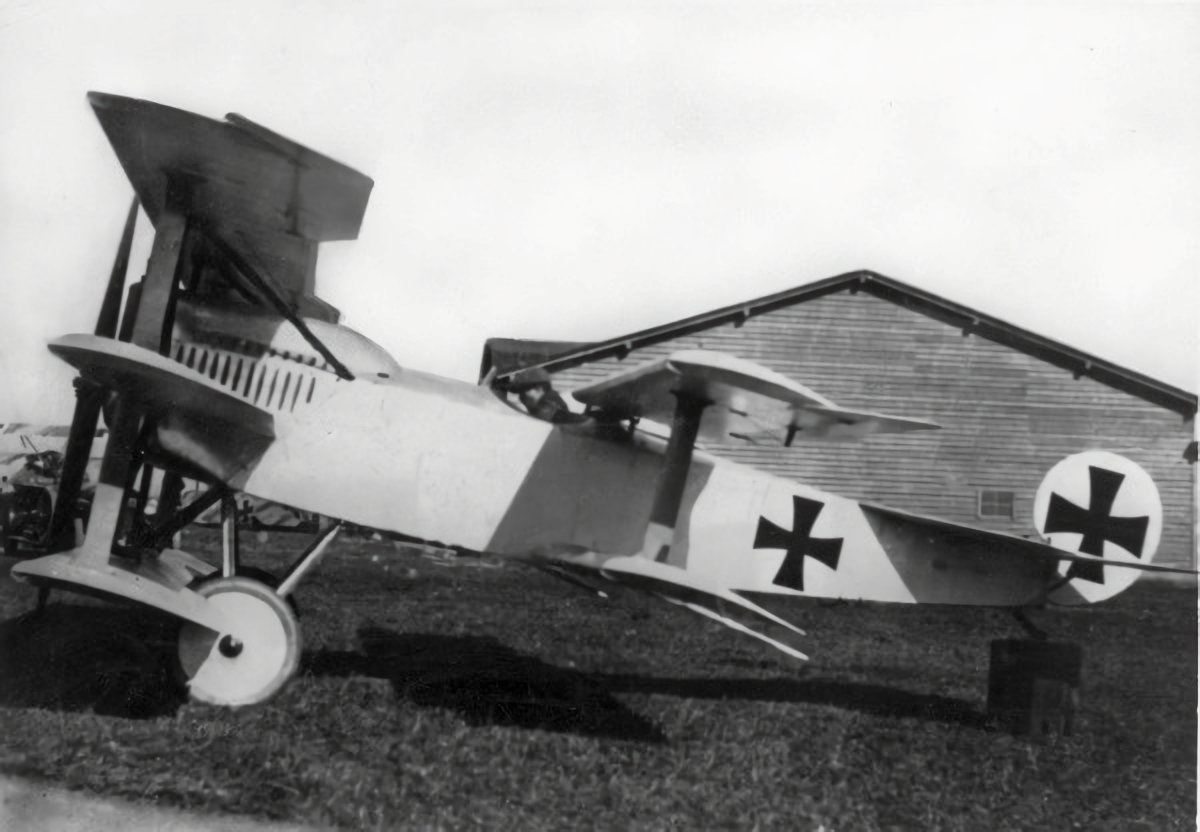Tag: World War One
-
Mannesmann Giant Triplane

Mannesmann Giant Triplane Designed and constructed during the final months of the First World War, the Mannesmann Giant Triplane was still under construction at the time of the armistice. Although designed as a transport, the Inter-Allied Aeronautical Control Commission believed that it was a bomber designed to reach New York. The finished aircraft would have… Read more
-
Linke-Hofmann R.I

Linke-Hofmann R.I The Linke-Hofmann R.1 was a heavy bomber designed for the German Imperial Air Service in World War One. it was an unusual design with widely spaced wings and a fuselage completely filling the gap. This was thought to provide aerodynamic advantages which had been indicated in models. The first prototype was covered in… Read more
-
Fokker V.8

Fokker V.8 The Fokker V.8 was five-winged fighter designed for the Imperial German Air Service in World War One. Following the success of the Fokker Dr. I triplane, Fokker reasoned that five wings would be even better. The fighter was designed with three wings at the front of the fuselage and a further two behind… Read more